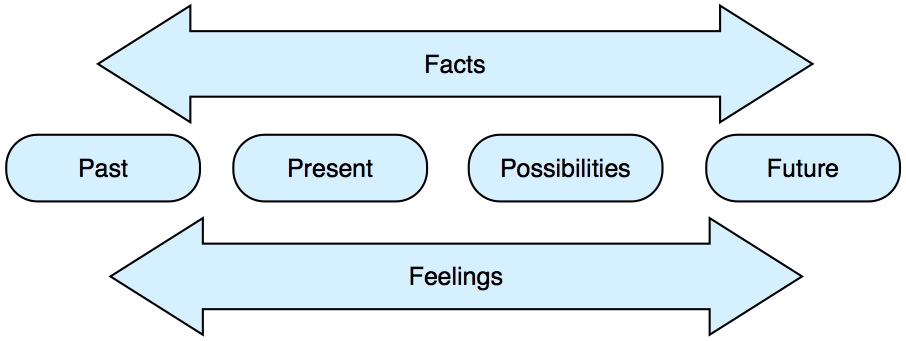Yesterday I spent an enjoyable day working with the senior boys at Eton talking to them about careers in management. It is hard to imagine a more driven collection of people in one room. They have confidence in abundance, social skills that put most people to shame and intellect that is inspiring to see.
I was working in an impressive room in Eton and caught sight of text books and exam papers. The questions were tough (as you might expect) and designed to stretch young minds to see whether they could answer in a way that would impress.
During my time with the boys, I gave them a business case study. It is one I based on a real business and which contains some very difficult strategic challenges. The case describes a business in a tough market where results are declining and where it is clear some of the people have out-dated skills. The boys worked in teams to identify what they felt were the best strategic choices. This exercise revealed some interesting outcomes.
- I was asked several times ‘is there a right answer’? They were so used to their work being marked that some were seeking a response that would be approved by me. Of course I pointed out that there was’t one and that the market has a great way of evaluating their choices
- They were incredibly quick. The case is complex but most groups were ready to feed back in ten minutes. I gave them 25 minutes but they never took that much time. The discipline of getting through exam questions quickly was driving them on it seems.
- The people in the case did not seem real to them. The situation, the structure and the scenario were just words on a page. They would announce that they needed to fire a few people to improve productivity with the swiftness of a red pen marking an end of term paper.
- They came up with many unique and interesting ideas for saving the company that have never surfaced when using the case with senior managers in business.
Last week I exchanged a few words with Tom Peters on twitter. We were discussing how new business school graduates make the move into organisations or consultancy and arrive with such fresh enthusiasm for the role. I was struck by a similarity between these two groups
So a plea to those about to enter the job market and for existing leaders everywhere.
- There is no right answer – there are many.
- Don’t be too fast to ‘solve the problem’ – explore many options
- Connect with the people. There is a huge difference between a name on a case study or a structure chart and the reality of sitting down with someone called Dennis who has 27 years service and letting him know that his future is about to take a giant shift
- Listen! Listen to the people who are immersed in the problem. Ask many questions and really get to know the situation before you are ready to suggest a way forward.
- Listen to the young people joining the team. They have ideas that you will not have thought of and many of them have real potential to transform your business.
- One of my mentors showed me this diagram whenever I faced a problem and it is a simple discipline that has served me well. He advised me to make sure I fully understood each of these boxes before suggesting a way forward. This simple approach has helped on many occasions. Too many people hear of a problem, identify one answer and implement it. They miss out on exploring the context for the problem (the past), the emotions/feelings that surround the problem and explore too few options or possibilities.
Music In The Office This Week
A new sound is filling the DTC office this week. A four CD box set celebrating 25 years of the Acid Jazz record label. Surprisingly great to work to and clearly used as the soundtrack to trendy bars and restaurants everywhere. Some great sounds and perfect music for sunshine and drinks with friends. Highly recommended


